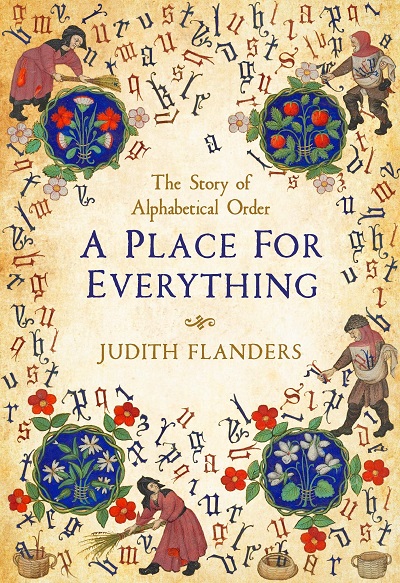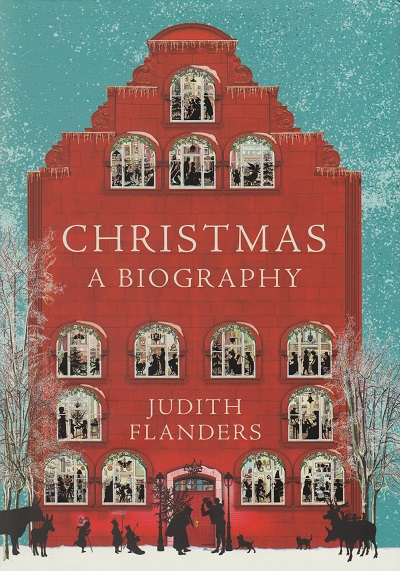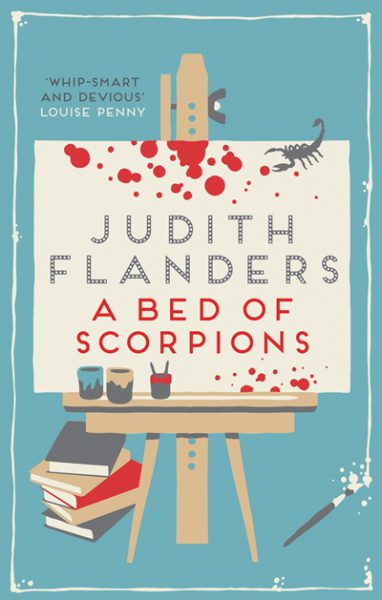
The Victorian House: Domestic Life from Childbirth to Deathbed
Published Jan 2010
Our image of how Victorians lived is based on novels and films, mostly costume dramas of upper-class life, a life of privilege, servants, leisure, country living and money. This is fantasy, the facts are much more interesting. Most middle-class, professional Victorians lived in small houses in murky, industrial cities and the women performed the most gruelling, back-breaking tasks with little or no help. This is the subject of The Victorian House: Domestic Life from Childbirth to Deathbed, a masterly account of how ordinary people went about their ordinary lives in ‘the workshop of the world’.
Nineteenth-century Britain was the most prosperous and technologically advanced nation on earth, yet many middle-class people still carried chamber pots up and downstairs, buried meat in fresh earth to prevent mould from forming, wrung sheets out in boiling water with their bare hands. The battle against dirt and dust was never ending.
Flanders uncovers material present in familiar sources but which has for too long been considered unimportant. Some are well known: Jane Carlyle catalogued her life in her renowned and witty letters; Alice James took grim satisfaction in the minutiae of her illness and impending death. Others, like the diary of maid-of-all-work Hannah Cullwick have only recently been accorded the importance of these middle-class documents.
The Victorian House is itself laid out like a house, following the story of daily life rom room to room, from childbirth in the master bedroom through the scullery and kitchen – cleaning, dining, entertaining – on upwards, ending in the sickroom and death. Using a collage of diaries, letters, advice books, magazines and paintings, Flanders shows how social history is built up out of tiny domestic details. She also draws domestic details from the writings of familiar personalities of the age: Ruskin, Mrs. Beeton, Beatrix Potter, Florence Nightingale, Dickens and Darwin.
Under the Judith Flander’s expert guidance the Victorian house opens up in front of the reader to become an exploration of Victorian life. The houses she describes are still familiar to many, but the lives are not.
Other books by Judith Flanders
A Place for Everything. The Story of Alphabetical Order

Christmas: A Biography

A Cast of Vultures

A Bed of Scorpions

The Making of Home

A Murder of Magpies

The Victorian City: Everyday Life in Dickens’ London

The Invention of Murder. How the Victorians Revelled in Death and Detection and Created Modern Crime

Consuming Passions

A Circle of Sisters
